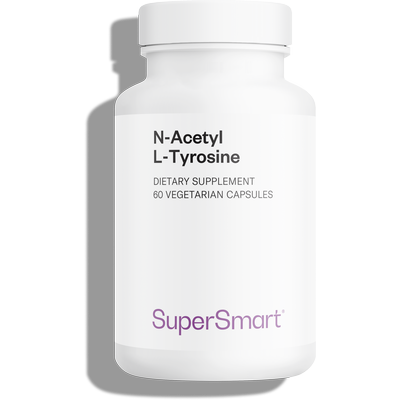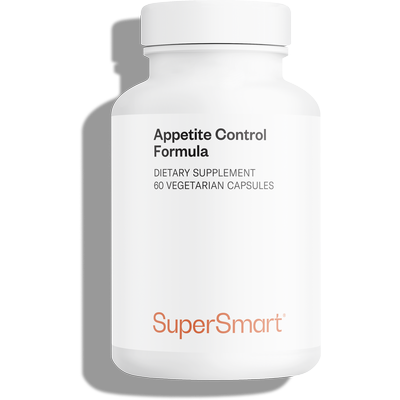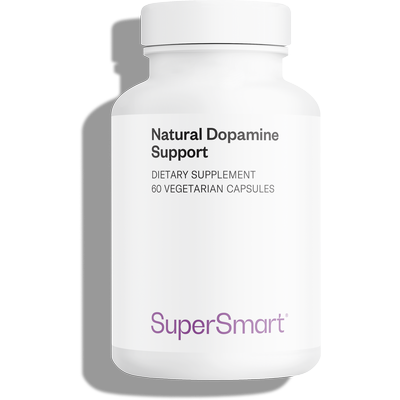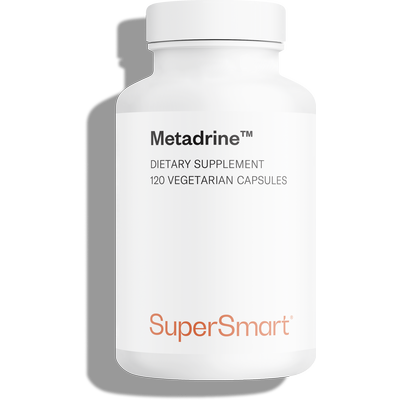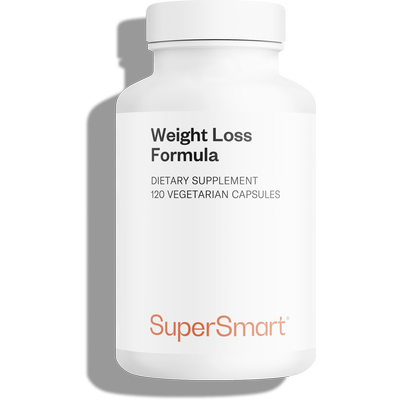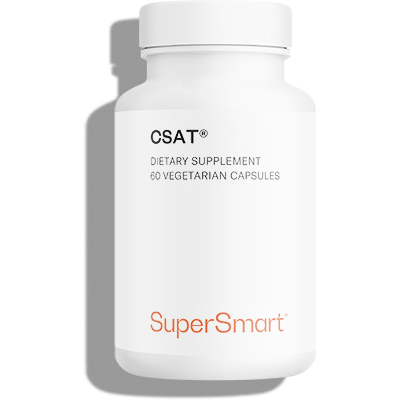27-09-2017
The Olympic Games: a springboard for tackling inactivity
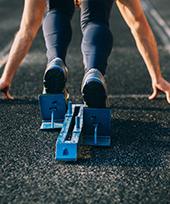 It’s official: the Olympic Games will be held in Paris in 2024 and in Los Angeles in 2028. These major sporting events are significant for the scientific community too, as they represent a key opportunity for health promotion. An opportunity to re-emphasise the importance of physical activity for staying in shape, maintaining good health and preventing the development of certain diseases. And given recent reports on levels of inactivity across the world, this is a sizeable challenge. Published in the prestigious journal Nature1, the latest figures make for alarming reading. Read on to find out more about these statistics and the measures taken to tackle this widespread lack of activity!
It’s official: the Olympic Games will be held in Paris in 2024 and in Los Angeles in 2028. These major sporting events are significant for the scientific community too, as they represent a key opportunity for health promotion. An opportunity to re-emphasise the importance of physical activity for staying in shape, maintaining good health and preventing the development of certain diseases. And given recent reports on levels of inactivity across the world, this is a sizeable challenge. Published in the prestigious journal Nature1, the latest figures make for alarming reading. Read on to find out more about these statistics and the measures taken to tackle this widespread lack of activity!
Tackling sedentary lifestyles is a public health issue
Recent years have seen a rise in levels of inactivity, due largely to changes in society brought about by the growth in sedentary jobs and preferences for ‘passive’ modes of transport, as well as decreased participation in sports … This increasing lack of physical activity is worrying health bodies such as the World Health Organization. According to current scientific data, WHO experts estimate that a sedentary lifestyle could be among the 10 leading causes of death in the world2.
Global inactivity figures for 2017
A team of researchers from Stanford have just completed a review of global inactivity in 2017. Using a smartphone app, they were able to gather data on the number of steps taken by 717,000 men and women, across more than 100 countries, over a period of 95 days. Worryingly, they found that at fewer than 5000 a day, the average number of steps was way below the 10,000 a day advocated by the WHO – over half the recommended number, in fact.
Activity inequality across the world
Their study also revealed significant differences in inactivity not only between – but within – countries. The researchers defined these disparities as ‘activity inequality’, with active people described as ‘activity rich’ and inactive people as ‘activity poor’. To develop their findings and improve their understanding of the causes of such ‘activity inequality’, they assessed participants’ body mass index (BMI). In comparing this data with the number of steps taken, they confirmed the direct link between lack of physical activity and obesity. Furthermore, they observed that the greater a country’s levels of ‘activity inequality’, the higher their rates of obesity.
Several factors promoting inactivity
In examining ‘activity inequality’ within a given country, the researchers also identified a number of factors that could encourage a lack of physical activity, Environmental factors were particularly significant, with urban areas displaying lower levels of ‘activity inequality’, possibly because they are more conducive to walking. Differences were also observed between men and women, with the smartphone step data showing a greater tendency towards inactivity among women.
Measures to promote health and prevent disease
These latest figures on inactivity across the world confirm the WHO estimates. Public health authorities had already estimated that between 60% and 85% of the global population was living a sedentary lifestyle3. In view of these worrying figures, WHO Member States have committed to reducing this percentage by 10% by 2025, putting in place a number of measures to achieve this. In terms of communication, the promotion of sport and preventive health care is receiving greater emphasis. On the ground, participation in sports is being encouraged from the youngest age possible with the establishment of a number of extra-curricular activities. In towns, the use of ‘active’ modes of transport is being encouraged with the creation of pedestrianised zones and cycle paths …
Recommendations for stemming the growth in inactivity
In addition to the steps taken by the WHO Member States, scientific experts have also made a number of recommendations on physical activity for all age groups. Children, for example, should be spending at least an hour a day pursuing moderate to vigorous physical activity, while adults should be devoting at least 150 minutes a week to moderate physical activity, or 75 minutes to intense activity. Taking regular exercise should also go hand in hand with eating a healthy, balanced diet.
Promising scientific studies
Inactivity has been widely studied in recent years. In particular, scientists have examined the difficulties in motivating people to either take up, keep up or go back to regular sports activity. In this context, a previous Nutranews article discussed a study which had made a surprising discovery about the lack of motivation for exercise among obese individuals, confirming the role played by the neurotransmitter dopamine in the motivation mechanism. Secreted in the central nervous system, dopamine is involved in the body’s reward system. Scientific data shows that maintaining dopaminergic activity could encourage motivation and support general well-being. This has led to the identification of dopamine precursors such as N-Acetyl L-Tyrosine, L-Phenylalanine and wild green-oat extract (Avena sativa).
Effective solutions for tackling obesity
Multiple studies have been conducted in an effort to tackle the problem of excess weight and obesity. These have improved our understanding of the mechanisms of action involved in weight gain. They have also identified effective solutions for preventing the accumulation of fat in the body and promoting weight loss. Scientists have discovered molecules that help control appetite, many of which are combined in the formulation Appetite Control Formula. Slimming products with a natural appetite-suppressant effect, such as carob extract, are another option, as is the algae knotted wrack (Ascophyllum nodosum), highlighted for its ability to reduce fat absorption. More widely-known fat-burning products, such as those combined in the formulation Metadrine™, have also been the subject of numerous studies. Powerful formulations have been developed to offer the benefits of these various mechanisms of action, such as Weight Loss Formula available from SuperSmart.
Given the worrying statistics on global inactivity, it’s time to act to prevent the health risks associated with being inactive. Taking regular exercise is essential for ensuring the body functions properly and for overall well-being.
> Sources :
1. T. Althoff, et al., Large-scale physical activity data reveal worldwide activity inequality, Nature, 20 juillet 2017, 547, Pages 336–339.
2. Organisation Mondiale de la Santé (OMS), Activité physique, Aide- mémoire N°384, Février 2017, www.who.int (Consulté le 12 septembre 2017).
3. Organisation Mondiale de la Santé (OMS), La sédentarité, une cause majeure de maladies et d’incapacités, Communiqué de presse, 4 avril 2002, www.who.int
Order the nutrients mentioned in this article
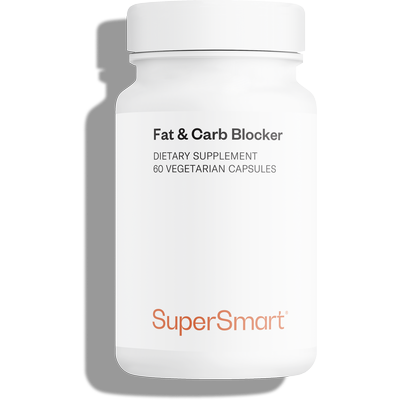
The latest-generation, 100% natural slimming supplement - for effective reduction of calorie intake
www.supersmart.comFurther reading
05-08-2016
Here’s a simple way to burn calories without having to undertake strenuous exercise - or even move an inch.Scientists have discovered that the body uses...
Read more06-07-2019
If you haven’t yet come across the medicinal plant gymnema (Gymnema sylvestris) , you may be surprised by just how many health benefits it offers....
Read more10-05-2016
If you’ve consistently failed in your attempts to lose weight, it could be you’re missing a key ingredient. That ingredient is a healthy gut flora....
Read more© 1997-2025 Fondation pour le Libre Choix
All rights reserved
All rights reserved
Free
Thank you for visiting our site. Before you go
REGISTER WITHClub SuperSmart
And take advantage
of exclusive benefits:
of exclusive benefits:
- Free: our weekly science-based newsletter "Nutranews"
- Special offers for club members only



